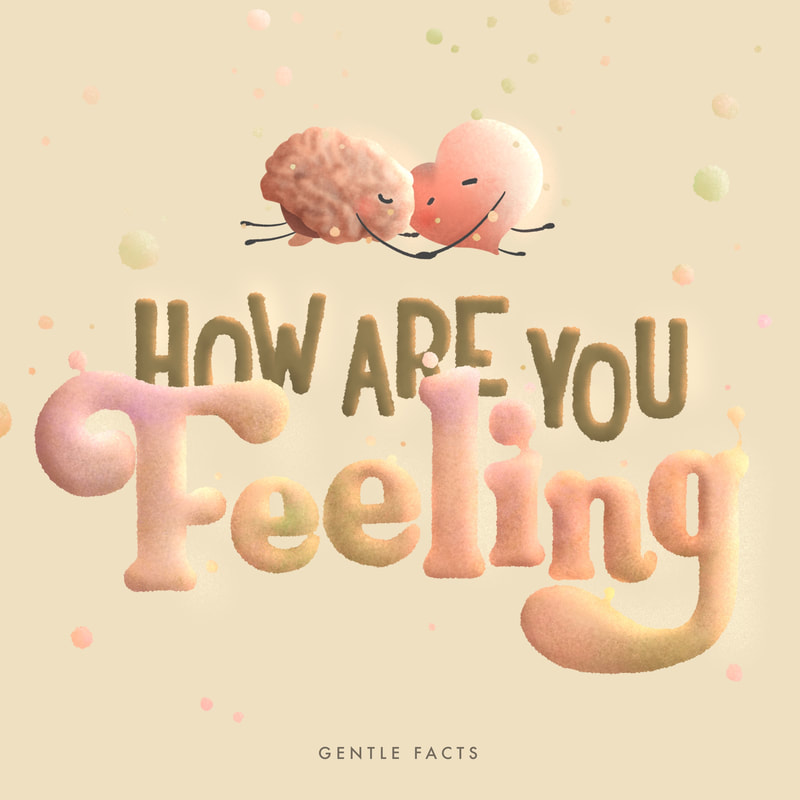Imagine you have been wanting a pair of orange shoes for a long time. You finally find a pair that would go perfectly with your favorite orange outfit and are feeling pretty happy after trying them on! A salesperson then approaches you and says:
You shouldn’t get those orange shoes. They don’t pair well with outfits and you can’t wear them to work. In fact, a survey says 85% of employers would not allow orange shoes at their workplaces. You would be a fool to purchase them and you should reconsider how you shop for shoes. This pair of white shoes, though, is a much better option. You should get these instead!
How likely are you to take their advice, even if they might be right?

How are you feeling? Now imagine walking into another store and this is what another salesperson says:
Those look really cute on you! Are you looking for orange shoes specifically? Oh you have an orange outfit you want to pair them with, that’s so fun! I wonder if that would be too much orange though. These white shoes may go really well with it too and there’s a study that says white shoes are the most versatile, so you can wear them all the time. What do you think?
How likely are you to listen this time?Chances are, you would feel more heard after the second encounter, and that the salesperson is actually trying to serve your specific need. You may still not take their advice, but you wouldn’t be avoiding them next time you go shopping.
Who does your science communication serve?
Now take a moment to answer this question: Who does your science communication serve?
There is no right or wrong answer, but if yours includes the audience that you are communicating with, then doesn’t it make sense to put an emphasis on your audience’s needs and wellbeing? Afterall, we can’t really serve somebody without first understanding what they value.
So how do we avoid becoming the white knight that no one actually wants? Compassionate Science Communication can help. It will be worth it. Source: Gentle Facts
It’s personal and it’s about them
Compassionate Science Communication is about ensuring we understand our audience and provide value to them in the form of validation, as well as relevant, evidence-based information.
What Compassionate Science Communication is not—manipulating your audience’s emotions to persuade or push our own agenda because we think we know what is best for them.
Let’s use communication about the COVID-19 vaccines as an example for the rest of this blog post. Vaccination is a decision heavily dependent on personal context and who doesn’t love talking about the vaccines!To boost or not to boost. Source: Gentle FactsPeople can smell it from a mile away when you are trying to sell them something. Sometimes it is okay, even advantageous, to take a firm stance and instill confidence, especially when you know that the audience wants confirmation and reassurance (e.g. people who are planning to get the vaccine but are still anxious).
But for those who aren’t particularly keen on engaging in an uncomfortable conversation that may change their beliefs or decisions, it can be a strong deterrent (e.g. those who are avoiding actions or discussions around the vaccines, or comfortably settled in the anti-vaccine camp). At a vaccine group discussion I recently facilitated, someone said they came ready to fight off scientists trying to convert them because they weren’t ready for the vaccines (and was pleasantly surprised that wasn’t our intention). So how can we better serve these people?
Learning what the audience cares about before offering a relevant scientific perspective can help facilitate effective science communication in multiple ways:
- Opens up a communication channel that the audience would actually be receptive to.
- Builds trust between you and your audience.
- Leaves your audience with positive emotions that may motivate further actions or exploration of the topic.
- Most importantly, makes sure we are actually serving our audience by ensuring the information is relevant to their “objects of care” (e.g. safety, family, community, personal autonomy).
At the same group discussion event, the participants made it clear that they highly value social connection through gatherings and physical contact. These values caused distrust and rejection of government recommendations like social distancing, masks, and now vaccines. By explaining how the disease spreads, we brought to their attention that their lifestyle makes the community more vulnerable, whereas vaccines, even though they may seem scary, can help protect the close-knit community that they love. A few days later, I was informed that at least one participant had changed their mind and decided to get their vaccine! Hello fear. Source: Gentle Facts
Sure but how exactly?
Here are a few steps that can guide the process:
- Listen: Approach our audience with curiosity—ask questions, listen, try to understand their perspectives and acknowledge where they come from without judgement. This puts us in a much better position to provide information that would actually benefit our audience.
- Relate: Identify something in common so we can better empathize, speak their language, and form a genuine connection.
- Inform: Offer scientific information that is relevant to their values, questions, or concerns, in a way that is accessible.
- Encourage: Provide actionable points & a sense of hope, highlighting what they have to gain from the actions to motivate and empower them.
What these steps look like in practice depends on your platform and your audience. Next week, I will break them down in a case study based on Gentle Facts, a project I started recently that aims to inform and motivate positive actions in passive science supporters by addressing their emotions and concerns.
Before we dive into that, let us know what role you think compassion should or should not play in science communication. Share with us in the comments!



Leave a Reply